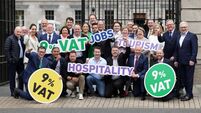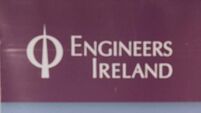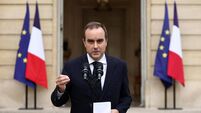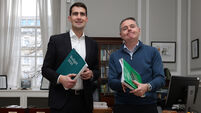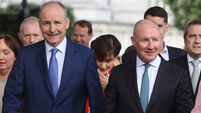Finance Minister announces development of financial literacy strategy
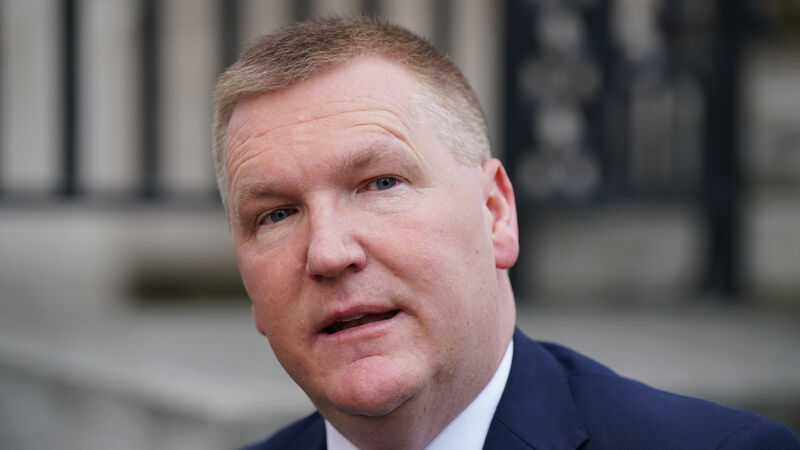
Mr McGrath said it is clear that there needs to be an overall financial literacy strategy that brings together work being done by a range of public and private bodies. Picture: Niall Carson/PA
Finance Minister Michael McGrath has announced the development of a National Financial Literacy Strategy to help identify areas where people might need assistance.
This comes following a report by the Competition and Consumer Protection Commission (CCPC) which found that one-third of people are “just getting by” financially while 12% admitted that they would only be able to cover their costs for a month if hit by an economic shock.
However, the report found that Irish people’s financial literacy is quite high compared to other countries.
Using the Organisation for Economic Co-operation and Development (OECD) measure — which scores people’s financial literacy between zero and 20 — Irish people surveyed by the CCPC scored 14.0. The OECD average in 2020 was 12.7.
The highest average score was seen in Hong Kong, China, which scored a financial literacy score of 14.8 from 1,002 respondents. The lowest comparable country average score was found in Italy at 11.1.
Mr McGrath said it is clear to him that there needs to be an overall financial literacy strategy that brings together work being done by a range of public and private bodies. He said:
The initial phases of the strategy’s development will be mapping exercises on the relevant evidence and analysis.
This will involve establishing levels of financial literacy and well-being of the population, gathering information on the existence of and access to financial literacy programmes, as well as a review of good practice, research, and literature to identify operational and replicable practices.
The Department of Finance will also seek to engage with international peers who already have similar strategies in place so it can learn from their experiences.
After this, it will need to identify areas of financial literacy gaps to be closed and identify possible target audiences for interventions.



